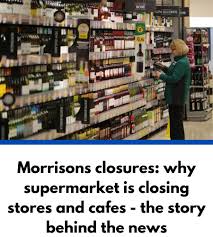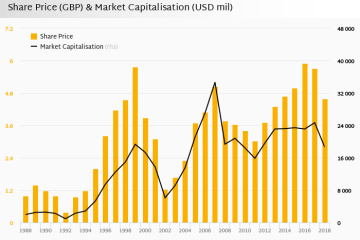Recent Morrisons Stores Closures and Their Implications

Introduction
Recent announcements regarding the closures of Morrisons stores across the United Kingdom have sparked concern among shoppers, employees, and local communities. As one of the largest supermarket chains in the UK, Morrisons plays a significant role in the retail landscape, making these closures not just a corporate decision but a matter of public interest. Understanding the reasons behind these closures and their implications provides crucial insights into the state of retail in a post-pandemic world.
Details of the Closures
Morrisons has recently confirmed the closure of 10 stores nationwide, citing a shift in shopping habits and the adverse impacts of rising operational costs as primary factors. These closures are part of a broader restructuring strategy aimed at strengthening the company’s financial position in an increasingly competitive market. Senior management stated that the decision was not made lightly, and they are committed to providing adequate support to affected employees.
The specific locations of the closures have not been publicly disclosed yet; however, it is expected that the stores in less profitable areas, particularly those that have struggled with foot traffic, will be at greater risk. In parallel with these closures, Morrisons is also focusing on improving its online services and enhancing customer experience in remaining stores, indicating a strategic pivot towards digital platforms.
Impact on Communities and Employees
The impact of these closures extends beyond grocery shopping. Local communities that rely on Morrisons for employment and services will face challenges, particularly in economically disadvantaged areas. The closure of these stores may lead to job losses for hundreds of employees, and while Morrisons has pledged to assist those affected in finding new roles, uncertainty still looms for many.
Furthermore, the competition landscape will become more acute in towns where Morrisons closes, as limited options for grocery shopping can lead to higher prices and reduced access for local residents. Community groups have already begun to voice their concerns, advocating for the importance of maintaining grocery retail options that cater to the needs of the public.
Conclusion
The recent Morrisons stores closures highlight significant shifts within the retail sector, reflecting changing consumer behaviour and economic pressures. As the company navigates these challenges, the focus will likely be on enhancing its remaining stores and digital offerings. While this may lead to higher efficiencies, the consequent community impact cannot be understated. As Morrisons continues to restructure, the future of these local economies and employment landscapes remains uncertain, urging conversations on sustainable retail practices and community support systems.









